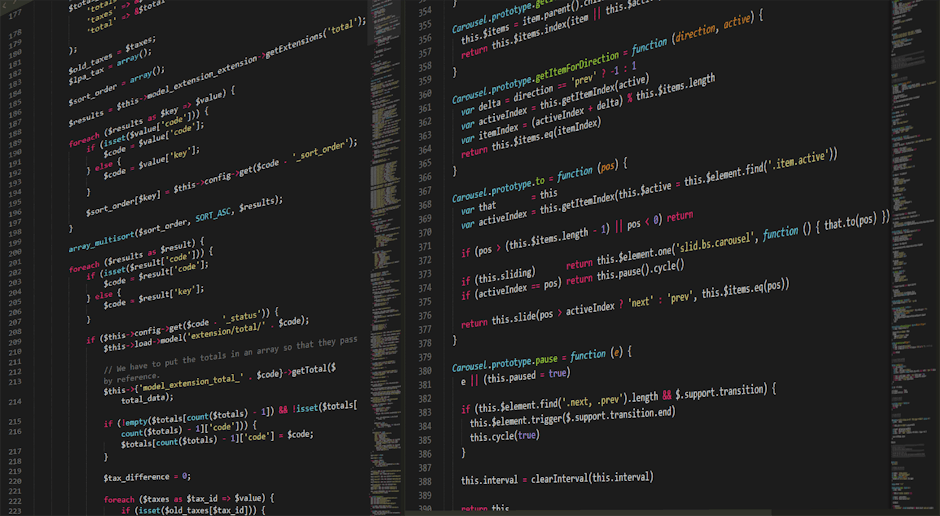
Have you ever sat in a meeting where one group of people is talking about “synergies” and “goals,” and another group is talking about “APIs” and “database schemas,” and it feels like they’re speaking two completely different languages? Someone needs to stand in the middle and translate. That someone is normally a business analyst.
It’s a job title that gets thrown around a lot. But what is a business analyst really? For 2025, the role is considered to be more of a mix of detective, diplomat, and storyteller than ever before. They are the people who connect the big company ideas to the actual work that gets done. It is their job to make sure what’s being built is what’s actually needed.
So, What Does a Business Analyst Actually Do All Day?
A business analyst is fundamentally a professional problem-solver. They are dropped into a situation, a department, or a project. Their main purpose is to figure out what a business needs to do to improve. This could be anything really.
It might be fixing a clunky software system. It might be speeding up a slow internal process. Or it could be figuring out how to launch a totally new product. The “what” changes all the time. But the “how” they do it is pretty consistent. They investigate and then they clarify.
The Art of Asking “Why?” (A Lot)
A huge part of the job is talking to people. A business analyst will spend a ton of time interviewing stakeholders. That’s just a fancy word for anyone who has a stake in the project. The sales team, the marketing department, customers, the tech guys, everyone.
They ask questions. A lot of questions. Especially “why?” The marketing team might say “We need a new blue button on the homepage.” A good BA asks “Why? What problem are you trying to solve with this button?” It is this questioning that gets to the real need not just the requested solution.
After all that talking they have to write it all down. This is where things like user stories or process maps come in. These are just ways of documenting the requirements in a way everyone can understand.
Being the Ultimate Translator
This is maybe the most important part of the gig. The BA stands between the business side and the technical side. The business side knows what they want to achieve—like “increase sales by 10%.” The technical side knows what they can build—like “code a new checkout function.”
The BA’s job is to translate the business need into clear instructions for the tech team. They ensure the developers aren’t just building a feature for the sake of it. They make sure the final product actually helps the business achieve its goal.
The Essential Business Analyst Skills for 2025
The toolkit for a business analyst in 2025 is a mixed bag of soft skills and some hard skills. You don’t need to be a master coder but you can’t be afraid of technology either. It is a balancing act that they perform.
Here’s a general rundown of what you’ll need:
Communication, Big Time: You have to be able to listen to people, really listen. And then you have to be able to explain complicated things in a simple way, both in writing and speaking.
Problem-Solving Mindset: You must enjoy puzzles. The whole job is being given a messy situation and asked to bring some order to it.
A Bit of Tech Savvy: Knowing your way around data with something like SQL or a visualization tool like Power BI is a huge plus. You don’t have to build the database, but you should be able to ask it questions.
Diagrams and Models: Being able to draw out how work gets done (think flowcharts) is super helpful. It helps everyone see the same picture. Visuals make things clearer.
Negotiation Skills: Different departments will want different things. Sometimes these things conflict. A BA often has to act as a mediator to get everyone to agree on a path forward.
A Day in the Life: Not Just Spreadsheets and Meetings
So what does this all look like on a random Tuesday? It’s often chaotic but in a good way. It’s definitely not about sitting in a cubicle staring at a spreadsheet for eight hours straight.
A morning might start with a meeting with the marketing team. They want a new feature for the company website. It sounds simple on the surface. But it’s never that simple. The BA spends an hour just listening and taking notes trying to understand the real goal.
Mid-day could be spent at a whiteboard. The business analyst is drawing out the current process for handling customer complaints. They are trying to find the bottlenecks. Where are things getting stuck? It is this kind of work that shows where improvements can be made.
The afternoon might involve a call with the software developers. The BA is explaining the user stories for the new website feature. The developers have questions about the technical details. The BA translates the business need into technical language the developers can work with.
How to Become a Business Analyst (And Is It Worth It?)
There’s no single path to becoming a BA. That’s actually one of the cool things about it. People come from all sorts of backgrounds. Some come from a technical role like quality assurance. Others come from the business side, like from customer service or marketing.
If you’re interested, a good first step is to start thinking like a BA in your current job. Ask “why?” more often. Try to understand the processes around you. Look for problems and think about potential fixes. There are also certifications you can get, from places like the IIBA (International Institute of Business Analysis), that can help.
As for salary, it’s generally a well-paying field. Entry-level positions can be competitive, and experienced BAs, especially those with a specialty in something like data or a specific industry can command very good salaries. It is a career with a lot of room for growth.
FAQs about the Business Analyst Role
What is a business analyst in simple terms?
A business analyst is a translator and a problem-solver. They figure out a business’s problems and needs, and then communicate those needs to the teams who can build the solution, like an IT department.
Do I need a technical background to be a business analyst?
Not necessarily. It helps to be comfortable with technology, but many great BAs come from non-technical backgrounds. Strong communication and analytical skills are often more important. You can always learn the tech stuff.
What’s the difference between a business analyst and a project manager?
A business analyst focuses on the “what” and “why”—what is the problem and why do we need to solve it, defining the requirements. A project manager focuses on the “how” and “when”—how will we build the solution and when will it be done, managing the schedule and resources.
Is business analyst a stressful job?
It can be. You’re often dealing with tight deadlines conflicting opinions and complex problems. But it’s also very rewarding when you see your work lead to a real improvement for the company.
What is the career path for a business analyst?
A BA can grow into a senior business analyst, a BA team lead, or a project manager. Many also specialize in areas like data analysis or move into product management or consulting roles.
Key Takeaways
A business analyst is a bridge between the business and technology parts of a company.
The job is about asking lots of questions to find the root of a problem, not just the symptoms.
Strong communication and problem-solving skills are more important than deep technical coding ability.
BAs document requirements so that everyone is on the same page about what needs to be built.
It’s a growing career field for 2025 with multiple entry points and good earning potential.






